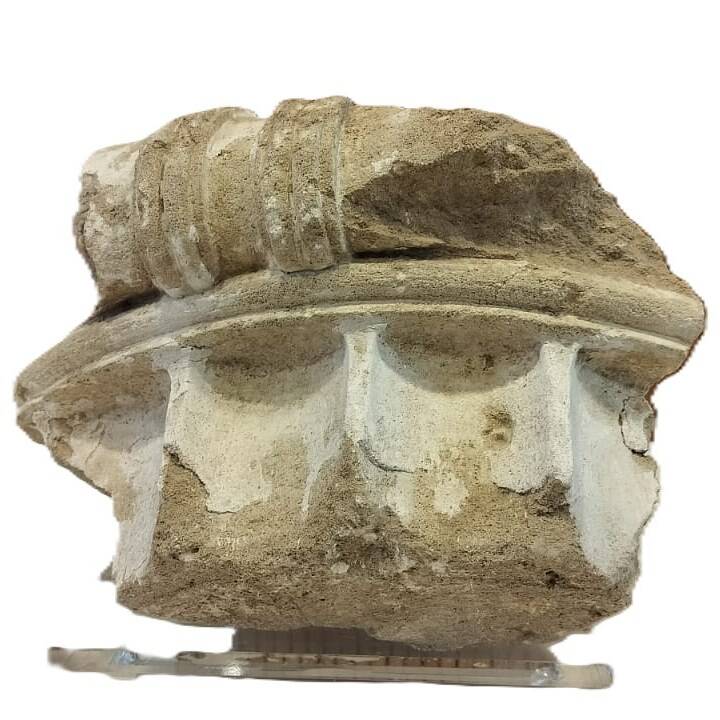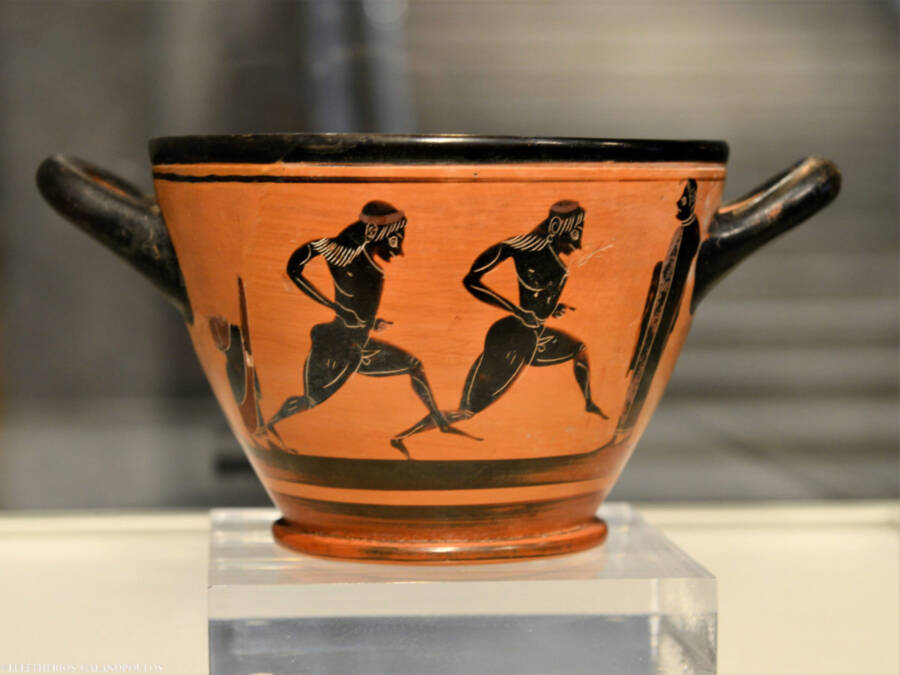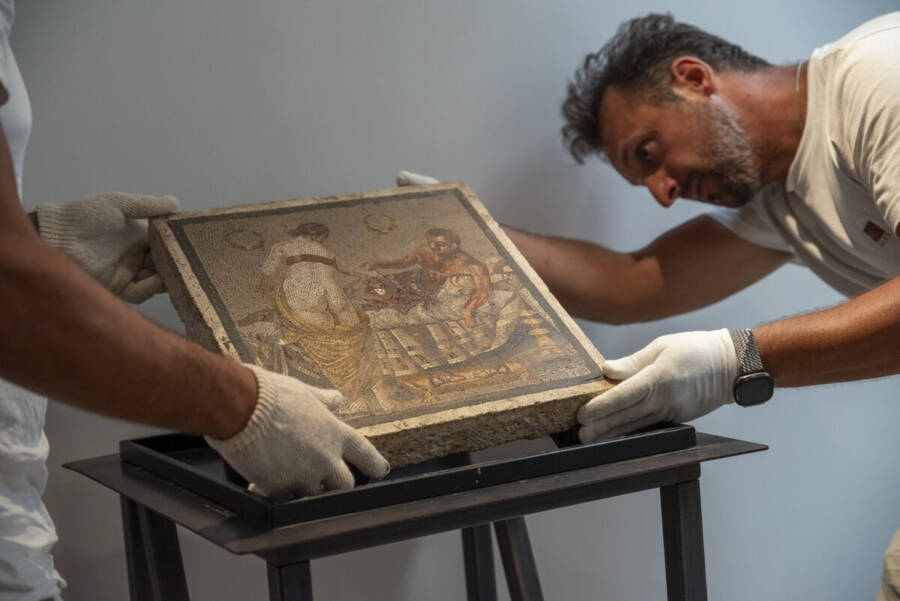A German tourist picked up a small stone fragment at Olympia in the 1960s, tucked it into her suitcase, and carried it home to Germany. She kept that bit of history — an Ionic column capital about 10 inches tall and 13 inches wide — for roughly five decades. Then, after reading about the rising wave of relic returns, she did something most people don’t: she handed the piece over to the University of Münster so it could be sent back to Greece.
Simple act. Big ripple.
TL;DR
- A German woman returned a fragment of an Ionic column capital she took from Olympia, Greece, in the 1960s.
- She was motivated to return the artifact after reading about a rising wave of repatriations.
- The University of Münster facilitated the return, highlighting the key role institutions play as ethical bridges.
- The act emphasizes that every artifact, no matter how small, is a crucial “clue” to history and that voluntary returns set an important precedent for cultural repair.
What happened

Back in the 1960s, the woman visited the Leonidaion — the guesthouse where athletes and dignitaries once rested during the ancient Games. She took a fragment of a column’s decorative top. For fifty years it lived in a private home. In recent months, moved by stories of other repatriations and perhaps a nudge from conscience, she gave the stone to university officials. The university contacted Greek authorities, and the capital will return to Olympia — to its story, its place, and the public.
Greek officials called the gesture “moving” and praised the cooperation between institutions. The University of Münster has already taken part in similar returns: a sixth-century B.C.E. cup known as the “skyphos of Louis” went home in 2019, and a Roman-era marble bust was returned in 2024.
Why this matters
First, it’s about context. A lone fragment isn’t just a souvenir; it’s a clue. In archaeology, every piece helps reconstruct the whole. Remove that piece, and the puzzle loses a sliver of meaning. So when objects get taken — intentionally or not — the site’s story is weakened.
Second, it’s about ethics and history. Countries, museums, and universities around the world are confronting uncomfortable questions about how many artifacts left their places of origin under messy or unjust circumstances. Returning items isn’t just an administrative gesture; for many people it’s an act of recognition — of history, of ownership, and of respect.
Third, it matters because of precedent. Each voluntary return makes the next one easier. It signals that repatriation is possible without headlines, legal battles, or diplomatic showdowns. Sometimes all it takes is an honest conversation, institutional goodwill, and a willing holder.
Other notable returns

- In 2019, the University of Münster returned the “skyphos of Louis,” a cup tied to the winner of the first modern Olympic marathon.
- In 2024, the same university handed back a Roman-era bust from a Thessaloniki cemetery.
- Elsewhere, universities and heirs have returned objects ranging from ancient mosaics to a 500-year-old mummy and a Native American ceremonial pipe. These moves show the trend isn’t limited to one region or one type of artifact.
The messy human side
Let’s be honest: people take things. Tourists pocket souvenirs. Soldiers, collectors, and even well-meaning academics have carried pieces across borders. Sometimes it’s ignorance. Sometimes it’s greed. Sometimes it’s the misguided thrill of holding the past in your hands. But aging, reflection, and changing cultural norms lead some of those people to do the right thing later on.
The Canadian who returned items from Pompeii claimed the objects brought her bad luck. Heh — superstitions aside, whether motivated by remorse, shame, or a sincere wish to correct a wrong, the return is what counts.
Why institutions like universities matter
Universities occupy a useful spot between private ownership and state-level diplomacy. They can receive items quietly, verify provenance, and negotiate respectful returns without turning everything into a media circus. When universities act as partners — as the University of Münster has — they model a path that other institutions can follow. That matters.
Bigger picture: cultural repair, not just logistics

Returning an artifact isn’t merely shipping a thing back. It’s about acknowledging stories that were disrupted. Many nations are rebuilding cultural heritage after colonization, looting, war, or neglect. Each repatriated object helps reconstruct continuity. It can restore rituals, strengthen museums, and reconnect communities with their past.
That said, repatriation raises hard questions: Who decides what returns? How are ownership claims proven? What about items exchanged across centuries? There are no one-size-fits-all answers. Each case needs a careful mix of legal clarity, moral judgment, and mutual respect.
My take
Good on the woman who returned the capital. It takes humility to admit you were wrong — especially when that wrong feels small in private but big in public. The quiet, human decisions add up. They make the loud, dramatic returns less necessary and more centered on justice than spectacle.
We should also stop romanticizing the idea of “rescuing” artifacts. They weren’t always better off removed. Museums, collectors, and tourists must treat cultural objects the way we treat stories: they belong to the people who live with them, who know their meanings, and who can tell those stories best.
Finally, institutions should make it easy to do the right thing. Offer safe, dignified channels for returns. Build partnerships. Share expertise. The University of Münster’s role shows how academic bodies can be bridges rather than gatekeepers.
Bottom line
A stone fragment returned after fifty years doesn’t rewrite history. But it nudges history back toward those it belongs to. That’s worth more than a museum label or a dusty shelf. It’s a small act of repair — quiet, corrective, and surprisingly hopeful.







